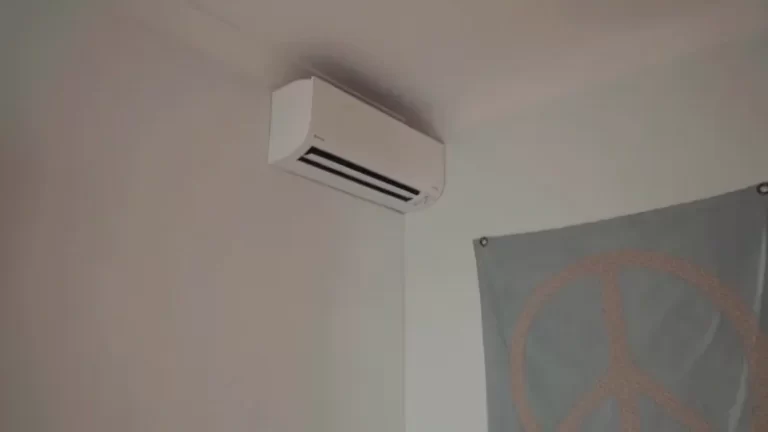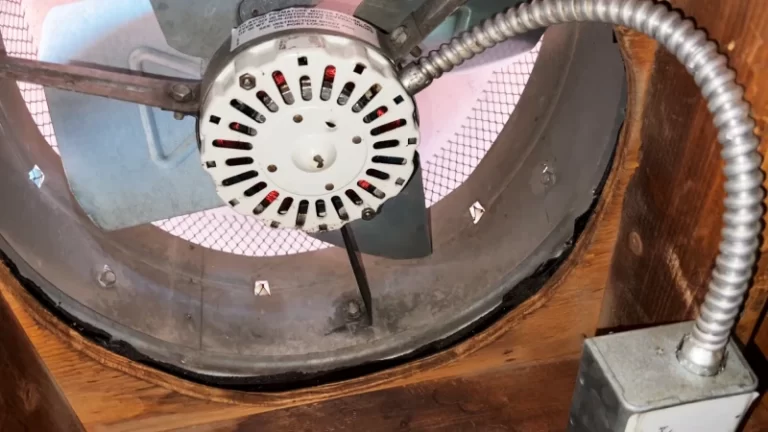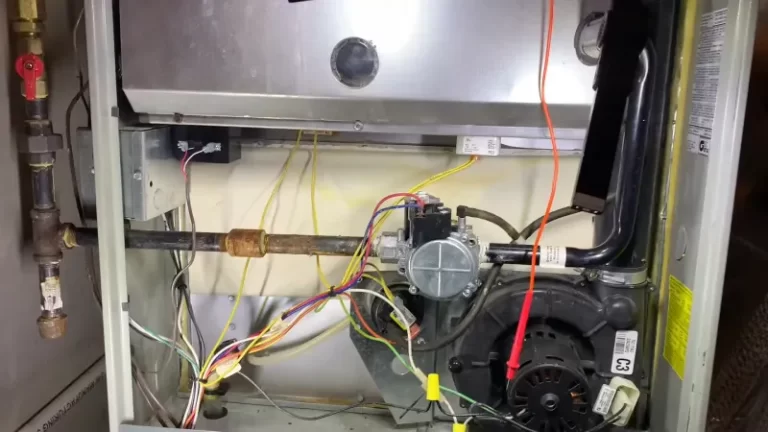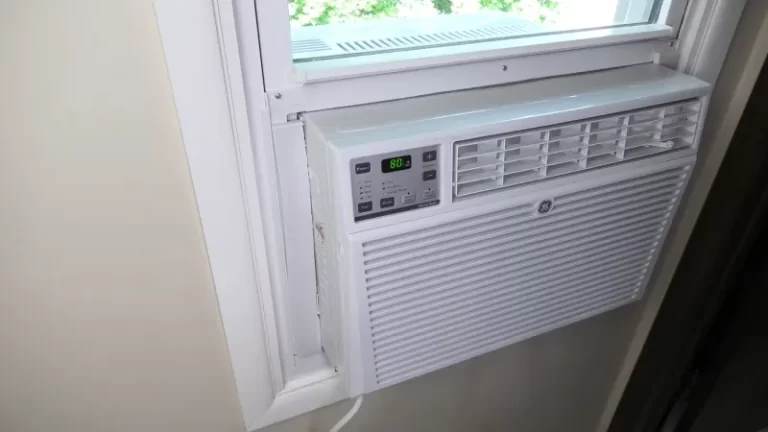Cold Air Returns with No Ductwork: Is Your Wall Hiding a Huge Energy Problem?
You feel a draft, your energy bills are creeping up, and some rooms are just never comfortable. You’ve checked the windows and insulation, but have you looked inside your walls? Lurking behind an innocent-looking vent grille might be a major energy-waster and air quality nightmare: a cold air return with no ductwork.
Many homeowners are shocked to discover that their return air vent opens into an unlined, unsealed wall or floor cavity. This construction shortcut, while common, could be the hidden reason for your home’s inefficiency and discomfort. We’ll explain the serious issues this causes and provide actionable steps to fix it.
You'll Learn About
What Is a Ductless Cold Air Return and Why Do You Have One?
A cold air return is a crucial part of your HVAC system. Its job is to pull stale, conditioned air from your living spaces back to the furnace or air conditioner to be heated or cooled again. For this cycle to work efficiently and cleanly, the air needs a sealed, dedicated path—a duct.
Unfortunately, to cut costs and save time during construction, builders often skip the ductwork for return air. Instead, they use the empty space between wall studs or floor joists as a makeshift duct. This practice, often called using a “panned joist” or “stud bay return,” essentially turns your home’s framing into part of your HVAC system.
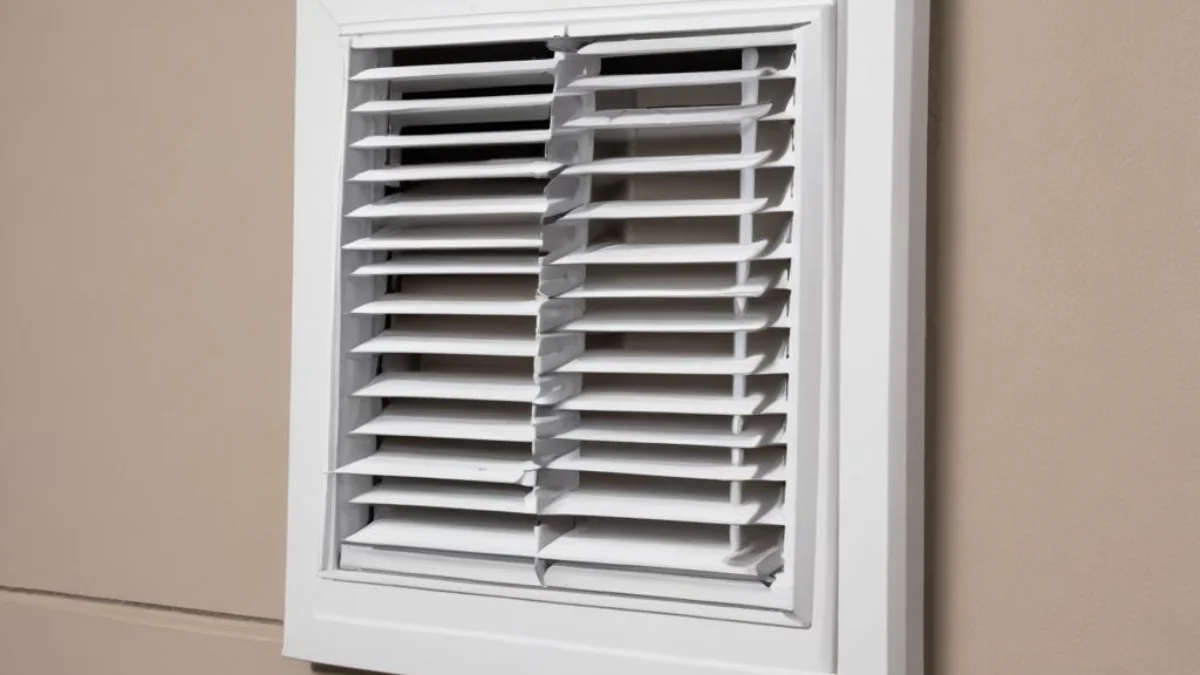
The Main Culprits: Cost-Cutting and Outdated Practices
Using building cavities as return ducts is a widespread practice, especially in older homes, but it’s not uncommon in new construction either. The primary motivation is simple: it’s cheaper and faster than installing proper metal or flexible ductwork. While modern building codes are stricter, this method was once standard practice and is still found in many regions.
You might have a panned joist return if you see a large grille on a wall or floor that, upon inspection, opens directly into an unlined wooden cavity. This shortcut creates a host of problems that can silently undermine your comfort, health, and budget.
The Hidden Dangers: Efficiency & Issues Explained
While it might seem harmless, a cold air return with no ductwork is a significant liability for your home. The unsealed nature of these cavities leads to a cascade of problems, from staggering energy loss to poor indoor air quality.
1. Massive Energy Inefficiency and Higher Utility Bills
Wall and floor cavities are far from airtight. They are filled with cracks, gaps, and holes where wires and pipes pass through. Because the return side of your HVAC system is under negative pressure (it’s sucking air in), it pulls air from the path of least resistance.
This means your system isn’t just pulling air from your living room; it’s also pulling unconditioned, dusty, and often damp air from your basement, crawlspace, attic, or even from outside. Your furnace and AC then have to work much harder to heat or cool this outside air, leading to a significant increase in your energy bills. It’s like trying to heat your home with a window wide open in winter.
2. Poor Indoor Air Quality
What kind of air is lurking in your walls, basement, or attic? Often, it’s filled with dust, insulation fibers, mold spores, and other pollutants. When a stud bay is used as a return, all of these contaminants are sucked directly into your HVAC system and then distributed throughout your entire home.
This unfiltered, dirty air bypasses your furnace filter, circulating allergens and pollutants that can trigger asthma and other respiratory issues. If you’re constantly dusting and still struggling with allergies, your ductless return could be the culprit.
3. Unbalanced Air Pressure and Comfort Issues
An HVAC system is designed to be a balanced, closed loop. A leaky return system breaks this loop. Sucking air from unintended places creates negative pressure in your home. This imbalance can cause a variety of strange issues.
You might notice doors that slam shut on their own, whistling noises from windows, or drafts that seem to come from nowhere. More importantly, it disrupts airflow, leading to hot and cold spots throughout the house. That one room that’s always freezing or sweltering might be a symptom of a poorly performing return system.
4. Potential for Dangerous Backdrafting
In homes with combustion appliances like a gas furnace or a water heater, negative pressure poses a serious safety risk. This pressure can be strong enough to pull combustion gases, including deadly carbon monoxide, back into your home instead of letting them vent outside. This phenomenon, known as backdrafting, is a life-threatening emergency.
Even small issues with temperature regulation, like a shower that’s too hot or cold, can sometimes be traced back to pressure imbalances affecting appliances. While not directly related to ductwork, it highlights how interconnected home systems are. If you suspect any issues with combustion appliances, it’s crucial to seek professional help immediately.
Your Step-by-Step Guide to Fixing a Ductless Cold Air Return
Discovering you have a panned joist return can be disheartening, but the good news is that it can be fixed. Depending on your DIY skills and the accessibility of the return, you may be able to tackle this yourself. However, for complex situations, a professional is recommended.
Step 1: Inspect and Assess the Situation
First, confirm what you’re dealing with. Remove the return air grille and use a flashlight and a camera to inspect the cavity. Look for obvious gaps, cracks, and penetrations for wires or pipes. Note the materials—is it just wood studs and drywall, or is there some attempt at sealing with sheet metal?
Determine the path of the return. Does it go straight down to the basement or up to the attic? Understanding its route will help you plan your sealing strategy.
Step 2: Seal the Cavity Thoroughly
The goal is to make the building cavity as airtight as possible. Your primary tools for this job will be mastic sealant and metal foil tape. Do not use standard duct tape, as it will dry out and fail over time.
Use a high-quality, water-based mastic sealant (often called “duct butter”) to paint over all the seams, joints, and corners within the stud bay. Apply it generously to any connection points between wood and drywall. For larger gaps or holes around pipes and wires, use a combination of metal foil tape to cover the hole and mastic to seal the edges.
Step 3: Consider Installing a Duct Liner or Proper Ductwork
While sealing the cavity is a huge improvement, the best solution is to install a proper duct. For accessible, straight runs, you can install a rigid metal duct liner inside the wall cavity. This creates a smooth, sealed pathway for the air.
Cut the duct to size, insert it into the cavity, and use mastic and tape to seal it to the main duct trunk in the basement or attic. This is the most effective way to ensure you are only pulling air from the intended room. If the path is complex, retrofitting with flexible ductwork might be an option, but this is often a job best left for a professional HVAC technician.
Step 4: Know When to Call a Professional
If the return cavity is inaccessible, travels through multiple floors, or if you’re unsure about how to proceed, it’s time to call in an HVAC professional. A pro can assess the entire system, perform a duct blaster test to measure leakage, and recommend the most effective solution.
Professionals can also address underlying issues, like undersized returns, which can also cause efficiency problems. Sometimes, solving comfort issues requires a holistic approach, which could involve anything from duct modifications to maintenance on your furnace. For instance, some homeowners encounter specific issues with their systems, like those with a Mueller Climatrol furnace, that require expert knowledge.
Comparing Return Air Pathway Solutions
Understanding the pros and cons of different return air systems can help you appreciate the importance of a properly ducted setup. Here’s a breakdown of the common methods:
| Return Air Method | Efficiency & Sealing | Air Quality | Cost |
|---|---|---|---|
| Panned Joist / Stud Bay (Unsealed) | Very Poor – Highly leaky, causes major energy loss. | Poor – Pulls in dust, allergens, and pollutants from building cavities. | Lowest (Initial Construction) |
| Panned Joist / Stud Bay (Sealed) | Fair – Sealing with mastic improves performance but is prone to failure over time. | Fair – Reduces contaminant intake but doesn’t eliminate it. | Low (DIY Sealing) |
| Fully Ducted System (Metal or Flex) | Excellent – Provides a completely sealed, dedicated pathway for return air. | Excellent – Ensures all return air passes through the filter, protecting equipment and health. | Highest (Professional Installation) |
The Long-Term Payoff: Benefits of a Properly Ducted System
Investing the time and money to fix a ductless cold air return pays off significantly in the long run. The benefits extend beyond just plugging a few leaks.
Improved HVAC Lifespan and Performance
A sealed, efficient return system reduces the strain on your HVAC equipment. When your furnace and air conditioner don’t have to work as hard, they run more efficiently and last longer. This means fewer costly repairs and a delayed need for a full system replacement.
It also ensures the system can perform as it was designed, delivering the right amount of conditioned air to each room and maintaining consistent temperatures throughout your home.
Lower Utility Bills, Year After Year
The energy savings are one of the most compelling reasons to fix a leaky return. By stopping your HVAC system from pulling in unconditioned air from your basement, attic, or outside, you can dramatically reduce your heating and cooling costs. The savings can be substantial, often paying for the cost of the repair in just a few years.
A Healthier and More Comfortable Home
Perhaps the most important benefit is the improvement in your home’s health and comfort. A properly ducted return ensures that the air you breathe is clean and filtered. It eliminates the circulation of dust, mold, and other allergens, creating a healthier environment for your family.
Furthermore, a balanced and efficient HVAC system eliminates those frustrating hot and cold spots, making every room in your house a comfortable living space. While HVAC systems are robust, it’s worth remembering that other major appliances, like water heaters, also have their limits and it’s good to know how fragile water heaters are when considering overall home maintenance.
Ultimately, addressing a cold air return with no ductwork is a critical step toward a more efficient, healthy, and comfortable home. That hidden cavity in your wall is more than just a construction quirk—it’s an opportunity to make one of the most impactful energy efficiency upgrades to your property.

